DARK SKY HAPPENINGS - December 2021
Moab
UT (at City Hall)
38O34’ N Latitude
109O33’ W Longitude
4048 ft - 1234 m |
Celebrating Woman Astronomer – Henrietta Leavitt
By National Park Service
Sunrise-Sunset
(The time of sunrise and sunset assumes a flat horizon. Actual time may
vary depending upon the landscape.) |
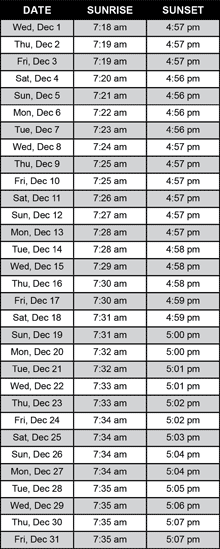 |
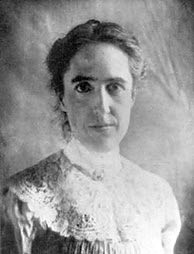 Henrietta Swan Leavitt was an American astronomer who discovered the relation between the luminosity and the period of Cepheid variable stars. As a senior at Harvard University’s Radcliffe College in 1892, Leavitt discovered astronomy. After graduation she took another course in it, but then spent several years at home when she suffered a serious illness that left her severely deaf. Leavitt started working at the Harvard College Observatory as a “computer” in 1893, examining photographic plates in order to measure and catalog the brightness of the stars. Though she received little recognition in her lifetime, it was her discovery that first allowed astronomers to measure the distance between the Earth and faraway galaxies. She explained her discovery: “A straight line can readily be drawn among each of the two series of points corresponding to maxima and minima, thus showing that there is a simple relation between the brightness of the variables and their periods.” Henrietta Swan Leavitt was an American astronomer who discovered the relation between the luminosity and the period of Cepheid variable stars. As a senior at Harvard University’s Radcliffe College in 1892, Leavitt discovered astronomy. After graduation she took another course in it, but then spent several years at home when she suffered a serious illness that left her severely deaf. Leavitt started working at the Harvard College Observatory as a “computer” in 1893, examining photographic plates in order to measure and catalog the brightness of the stars. Though she received little recognition in her lifetime, it was her discovery that first allowed astronomers to measure the distance between the Earth and faraway galaxies. She explained her discovery: “A straight line can readily be drawn among each of the two series of points corresponding to maxima and minima, thus showing that there is a simple relation between the brightness of the variables and their periods.”
In 1893, she obtained credits toward a graduate degree in astronomy for work done at the Harvard College Observatory; she never completed the degree. It was at the Harvard College Observatory that Leavitt began working as one of the women human “computers” hired by Edward Charles Pickering to measure and catalog the brightness of stars as they appeared in the observatory’s photographic plate collection. She received $0.30 an hour for her work. She was reportedly “hard-working, serious-minded, little given to frivolous pursuits and selflessly devoted to her family, her church, and her career.”
Pickering assigned Leavitt to study “variable stars,” whose luminosity varies over time. According to science writer Jeremy Bernstein, “variable stars had been of interest for years, but when she was studying those plates, I doubt Pickering thought she would make a significant discovery — one that would eventually change astronomy.” Leavitt noted thousands of variable stars in images of the Magellanic Clouds. In 1908 she published her results in the Annals of the Astronomical Observatory of Harvard College, noting that a few of the variables showed a pattern: brighter ones appeared to have longer periods. The asteroid 5383 Leavitt and the crater Leavitt on the Moon are named after her to honor deaf men and women who have worked as astronomers.
MOON HAPPENINGS
Dec 4 - New Moon at 12:43 am
Dec 10 - First Quarter at 6:35 pm
Dec 18 - Full Moon at 9:35 pm |
Moab Dark Skies mission is to promote the appreciation and conservation of Moab’s valuable and rare dark skies. Moab Dark Skies was established by the Friends of Arches and Canyonlands Parks in conjunction with the National Park Service and Utah State Parks Division of Natural Resources
For more information, check out our Facebook page. |
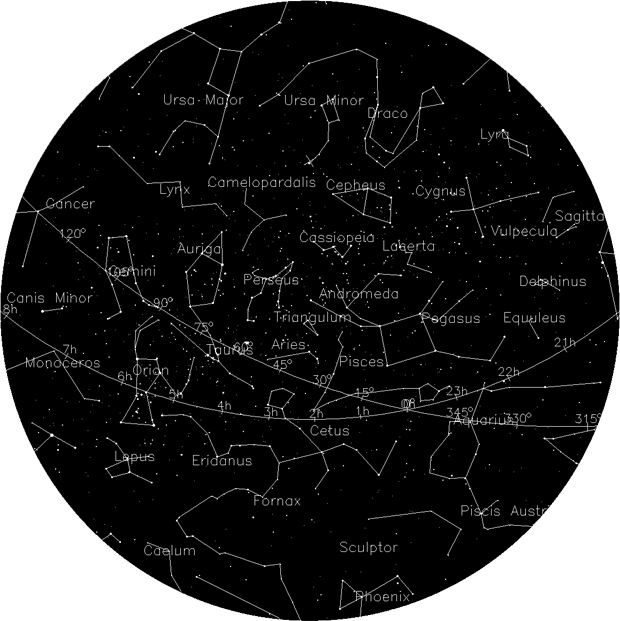 |
Great Bull Above Us
by Spencer Stokes Dead Horse Point State Park Ranger |
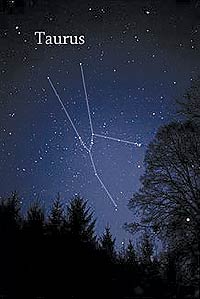 The night is cool, crisp, and cloudless. You sit far from the city lights and gaze into a sky emblazoned with thousands of stars. Above the eastern horizon, a large red star rises. Aldebaran, the great eye of the bull, dominates the skyline. A distinct “V” shape of stars surrounding Aldebaran is visible and you have just recognized the constellation Taurus. At first hard to distinguish from the other stars surrounding it, you eventually see the unique bull-shaped pattern of stars that composes the constellation Taurus. The night is cool, crisp, and cloudless. You sit far from the city lights and gaze into a sky emblazoned with thousands of stars. Above the eastern horizon, a large red star rises. Aldebaran, the great eye of the bull, dominates the skyline. A distinct “V” shape of stars surrounding Aldebaran is visible and you have just recognized the constellation Taurus. At first hard to distinguish from the other stars surrounding it, you eventually see the unique bull-shaped pattern of stars that composes the constellation Taurus.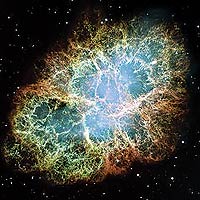
Taurus is, once again, visible in the early evening. This constellation is fascinating because of its history and the deep space objects found within it. Taurus is one of the oldest constellations visible in the Northern Hemisphere, with records that date it to at least the early bronze age. It also contains several incredible nebulas and open star clusters. So it is a wonderful constellation for avid stargazers and casual night sky viewers.
The ancient Sumerians named Taurus as the bull of the heavens in approximately 4,000BCE and they used Taurus as an indicator of the vernal equinox, which led to the symbol of a bull being used for fertility and regeneration due to its association with the return of spring. The ancient Greeks kept the same pattern of stars and renamed it to The Bull, which is Taurus. The Greek mythology surrounding Taurus is that it represents Zeus when he transformed into a bull to trick Europa, who was a Phoenician princess. Taurus was then cataloged by an ancient astronomer named Ptolemy in the 2nd century AD and has since been used by western astronomers as Taurus the Bull.
One of the most astounding deep space objects found within Taurus is Messier 1, also known as the Crab Nebula. This expanse of energized cosmic gas is the remnants of a Supernova. Supernovas occur when massive stars die and are cataclysmic explosions of immeasurable amounts of energy. A star died in the Taurus and the light from the event reached earth in 1047AD. Which was recorded by Chinese astronomers as a new star. Over time the light subsided and you now need a telescope to see the puff of light known as the Crab Nebula. Some of the other deep space objects in Taurus are the Pleiades and Hyades open star clusters, both of which can be seen with the naked eye! Next time you look in the night sky, find Taurus, and you will be amazed by the brilliant star clusters around it.
|
|